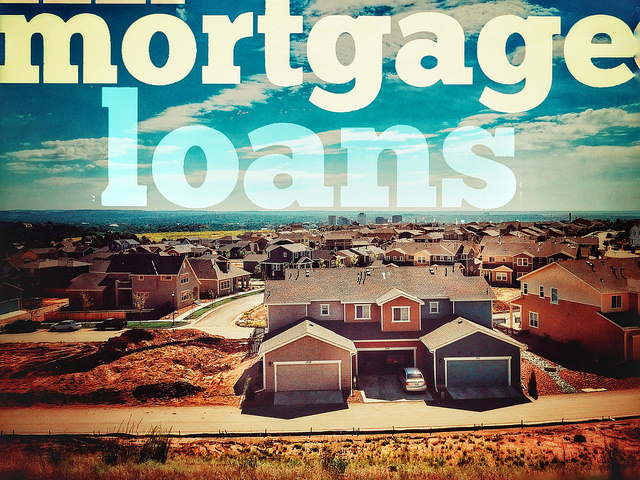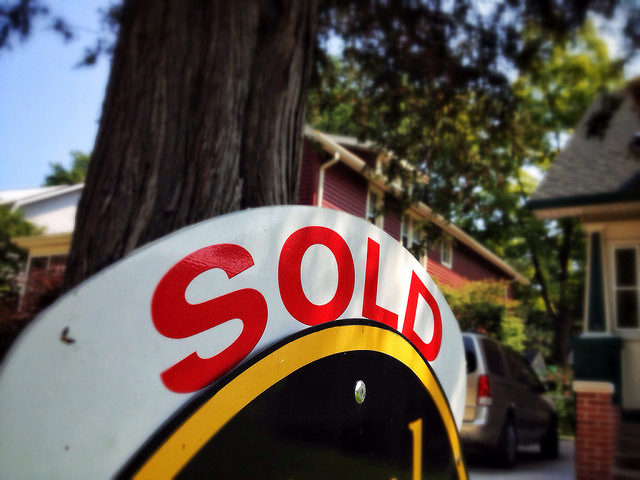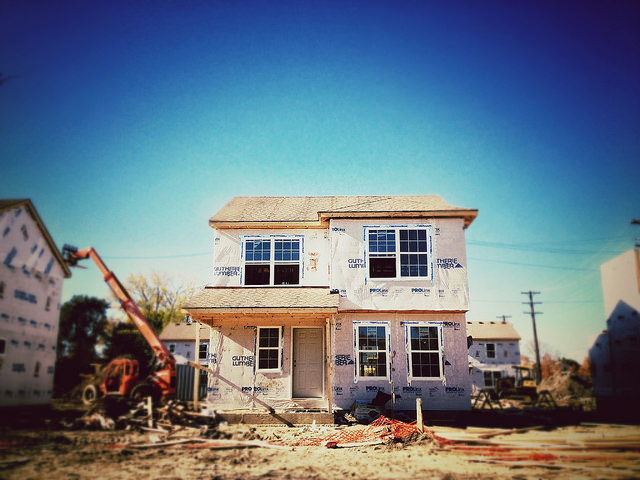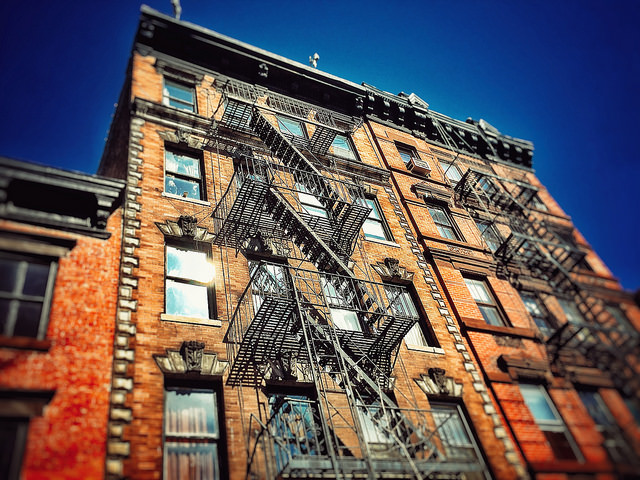According to the Mortgage Bankers Association’s Weekly Applications Survey, average mortgage rates fell last week, reversing an upward trend seen over the past several weeks. Though the decline was slight, it affected all loan categories except those backed by the Federal Housing Administration. Joel Kan, MBA’s associate vice president of economic and industry forecasting, says rates slowed due to economic concerns. “Treasury rates declined last week, as equity markets continued to see large swings amidst investor concerns over global economic growth,†Kan said. “As a result, mortgage rates inched back across most loan types, including the 15-year fixed-rate mortgage, 5/1 ARM, and 30-year jumbo mortgage rate. The 30-year fixed rate-mortgage also declined, stopping a run of six straight weekly increases.†Decreasing rates helped boost demand for loans to buy homes, which rose 3 percent higher than the previous week. Refinance activity, however, remained down, falling 5 percent. The MBA’s weekly survey has been conducted since 1990 and covers 75 percent of all retail residential mortgage applications. More here.













